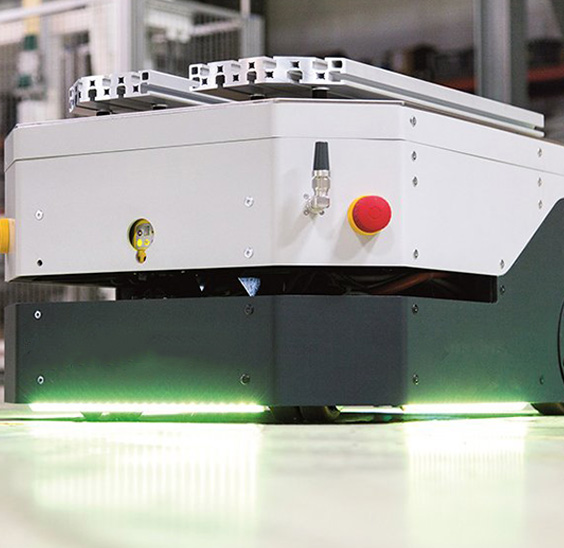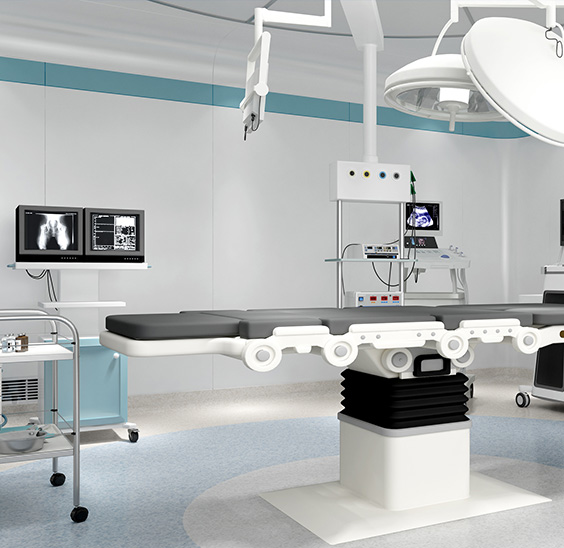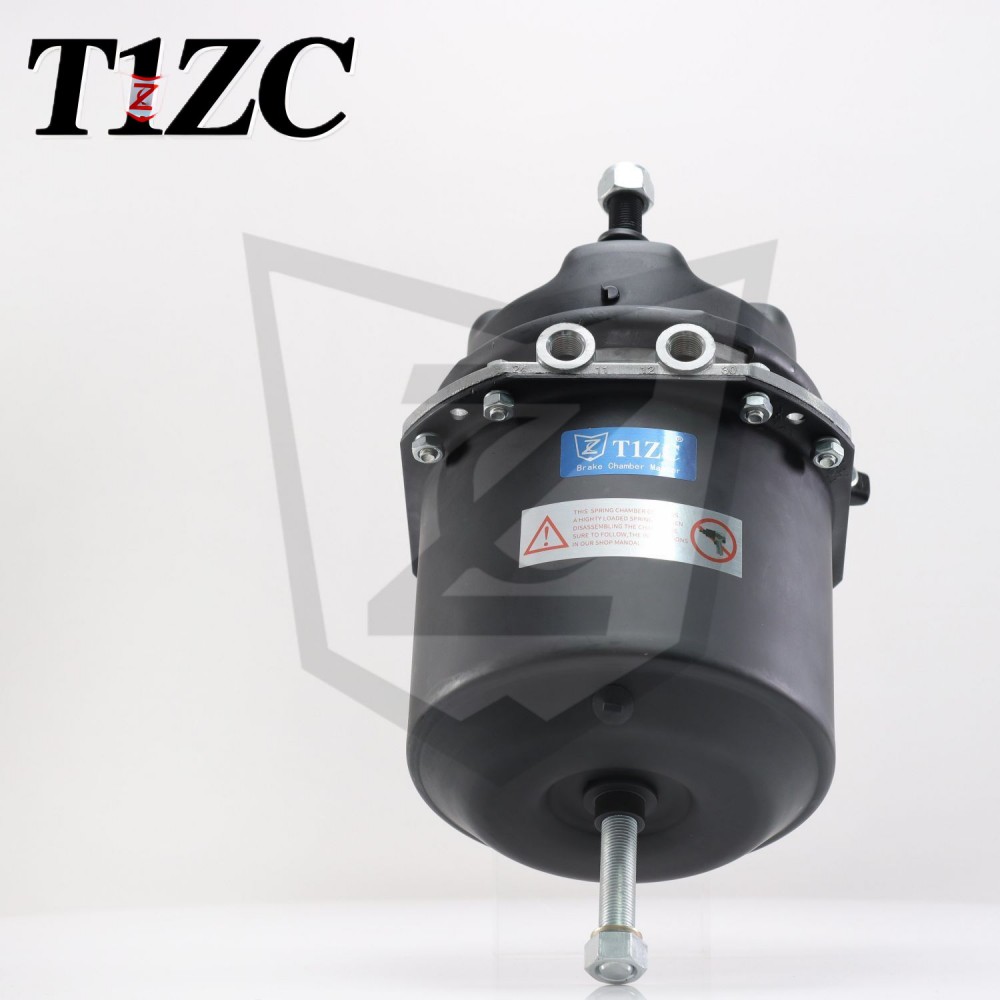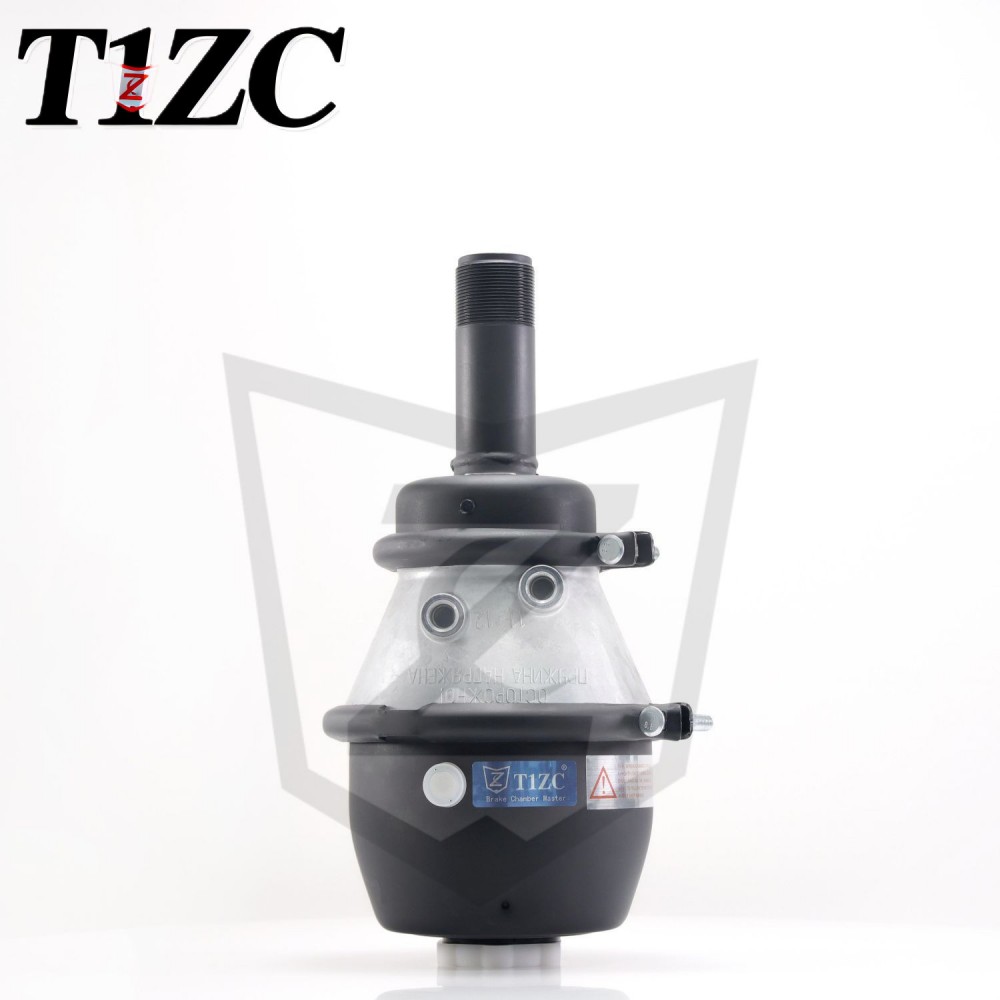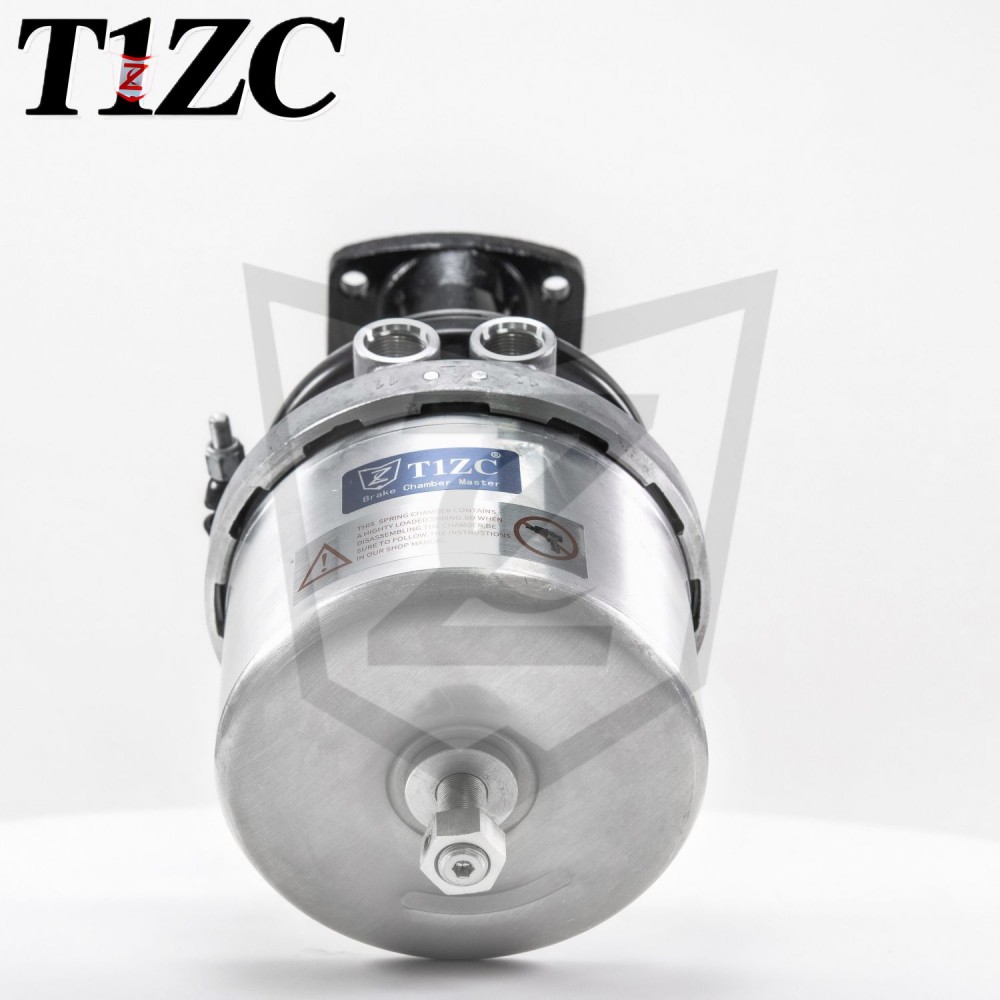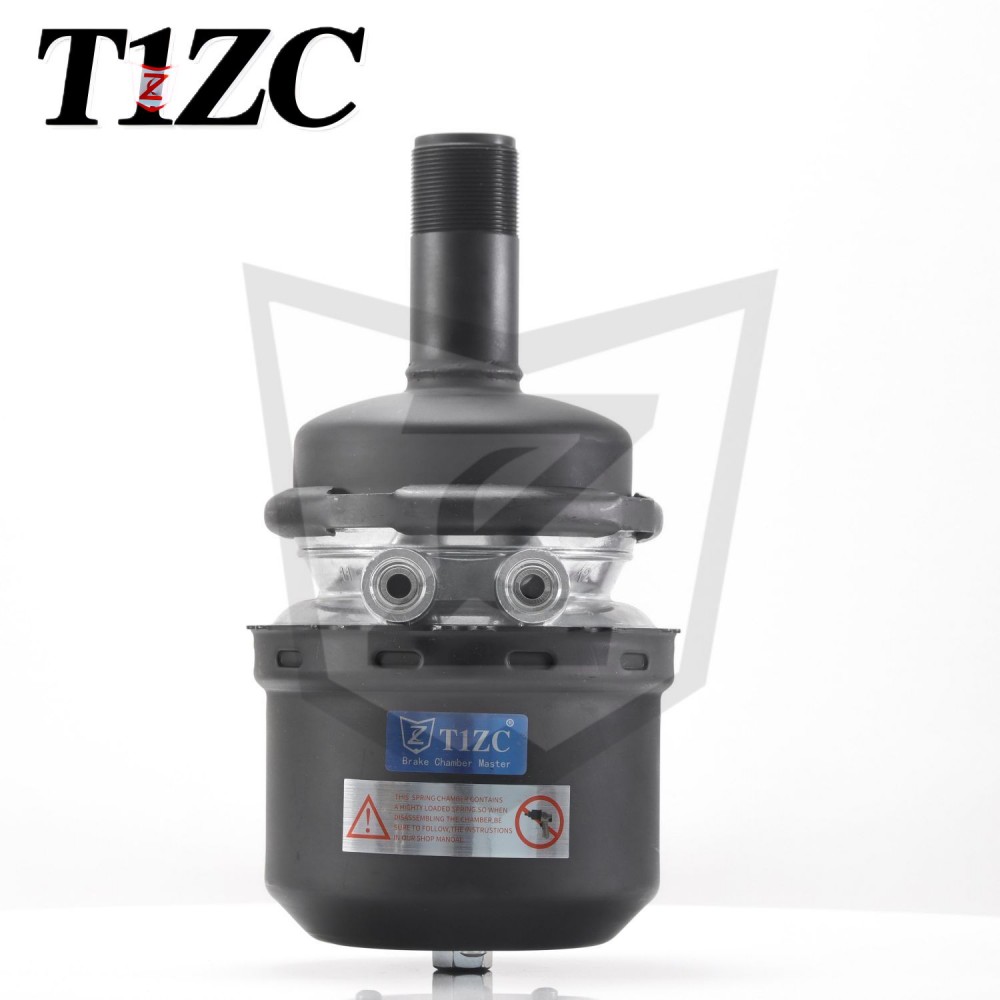How does brake chamber size impact braking?
The brake chamber is a critical component in air brake systems, commonly used in commercial vehicles such as trucks and buses. Its primary function is to convert compressed air into mechanical force, which applies the brakes. The size of the brake chamber directly influences braking efficiency, safety, and performance.
Types of Brake Chambers
Brake chambers are categorized based on design and size, with standard measurements typically given in inches (e.g., 16, 20, 24, 30). Common types include:
-
Standard Brake Chambers: These are used for service brakes and operate using air pressure to push a diaphragm and actuate the brake mechanism.
-
Spring Brake Chambers: These incorporate a spring for parking or emergency braking. When air pressure is released, the spring engages the brakes.
Both types are available in various sizes to match specific vehicle requirements, and the internal diaphragm area determines the output force.
Applications of Brake Chambers
Brake chambers are integral to air brake systems in heavy-duty vehicles, including:
-
Trucks and Trailers: Larger brake chambers are often used in axle configurations to handle higher loads.
-
Buses and Construction Equipment: Sizing depends on factors like vehicle weight and braking force needs.
Proper selection ensures compliance with safety standards, such as those set by transportation authorities, which specify minimum performance criteria based on chamber size and application.
Comparison of Brake Chamber Sizes
The size of a brake chamber affects braking in several ways:
-
Output Force: Larger brake chambers generate greater mechanical force due to a larger diaphragm area, resulting in stronger braking. This is essential for heavy loads but may require more air volume.
-
Response Time: Smaller chambers can respond faster to air pressure changes, potentially improving reaction times in light-duty scenarios. However, they may not provide sufficient force for heavy vehicles.
-
Efficiency and Wear: Oversized chambers might lead to excessive brake wear or system strain, while undersized ones could cause inadequate braking. Engineers balance size with factors like axle load and brake drum dimensions to optimize performance.
For instance, a 30-inch brake chamber is typically suited for heavy axles, whereas a 16-inch chamber might be used in lighter applications.
Frequently Asked Questions (FAQ)
-
What is the role of a brake chamber in braking systems?
A brake chamber acts as an actuator that uses air pressure to apply the brakes. It translates pneumatic energy into mechanical movement. -
How does brake chamber size influence braking force?
Larger chambers produce higher output forces due to increased surface area, which enhances braking power but may affect air consumption and system design. -
Can incorrect brake chamber size lead to safety issues?
Yes, mismatched sizes may result in reduced braking efficiency, longer stopping distances, or non-compliance with safety regulations. Regular inspections and adherence to manufacturer guidelines are recommended. -
Are there standards for brake chamber sizing?
Organizations like the Department of Transportation (DOT) provide guidelines, and sizes are often selected based on vehicle specifications and braking torque requirements. -
How is brake chamber maintenance related to size?
Maintenance involves checking for leaks, diaphragm integrity, and proper air pressure. Larger chambers might require more frequent inspections due to higher stress levels.
The size of a brake chamber is a fundamental factor in braking system design, impacting force output, response, and overall safety. By understanding the types, applications, and comparisons of brake chamber sizes, operators and engineers can make informed decisions to ensure reliable performance. Adhering to factual guidelines and industry standards helps maintain braking efficiency without compromising on safety or functionality.


 EN
EN  English
English Português
Português
